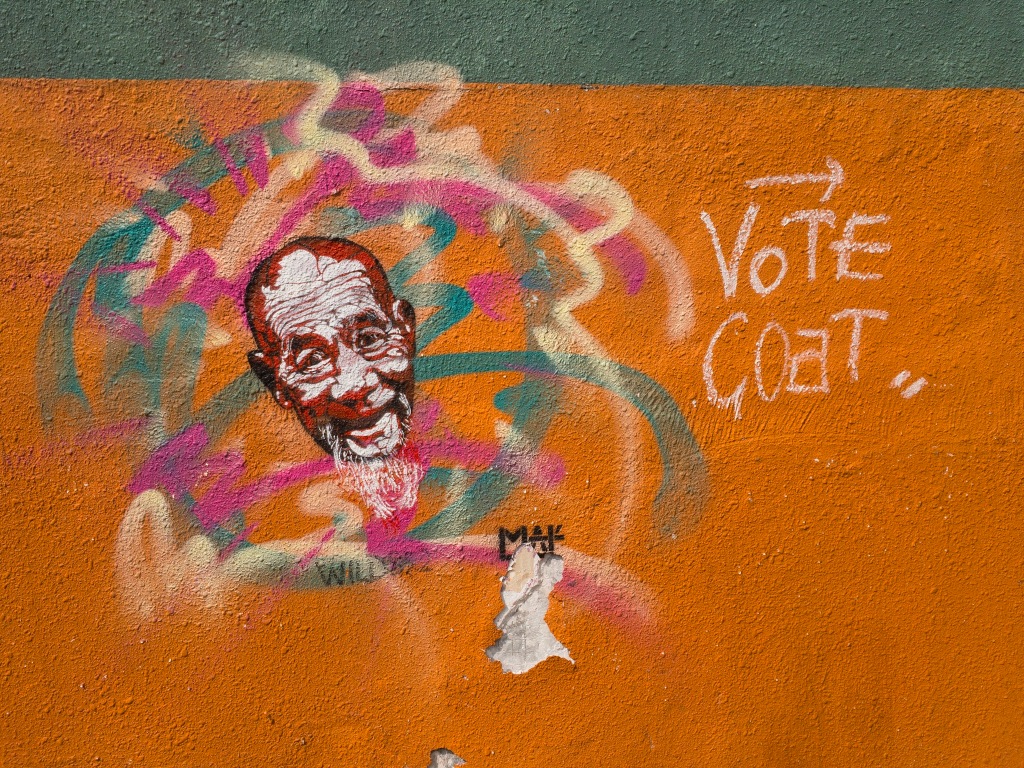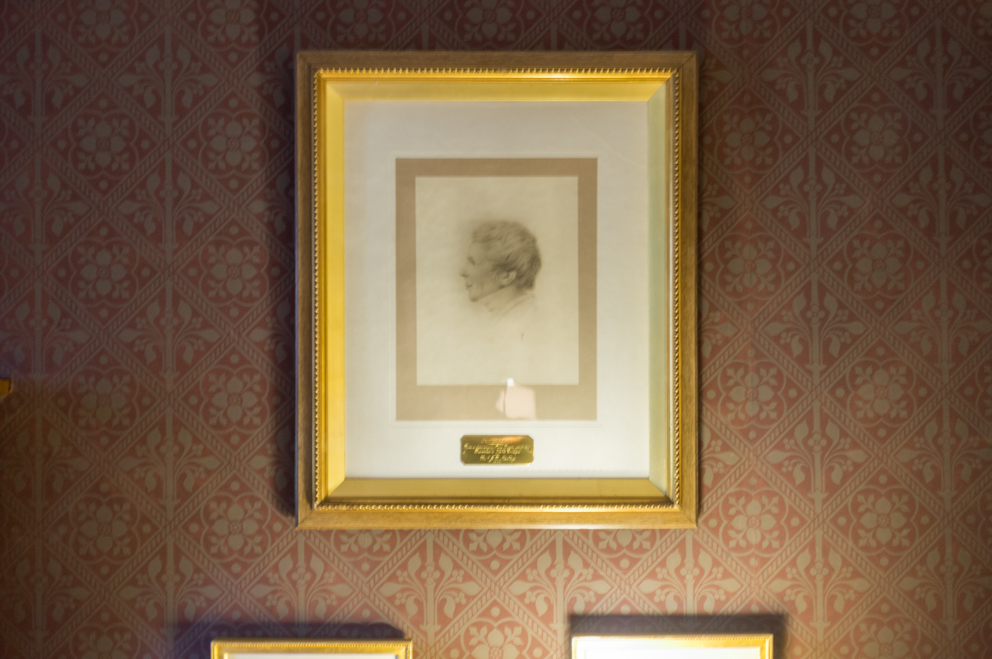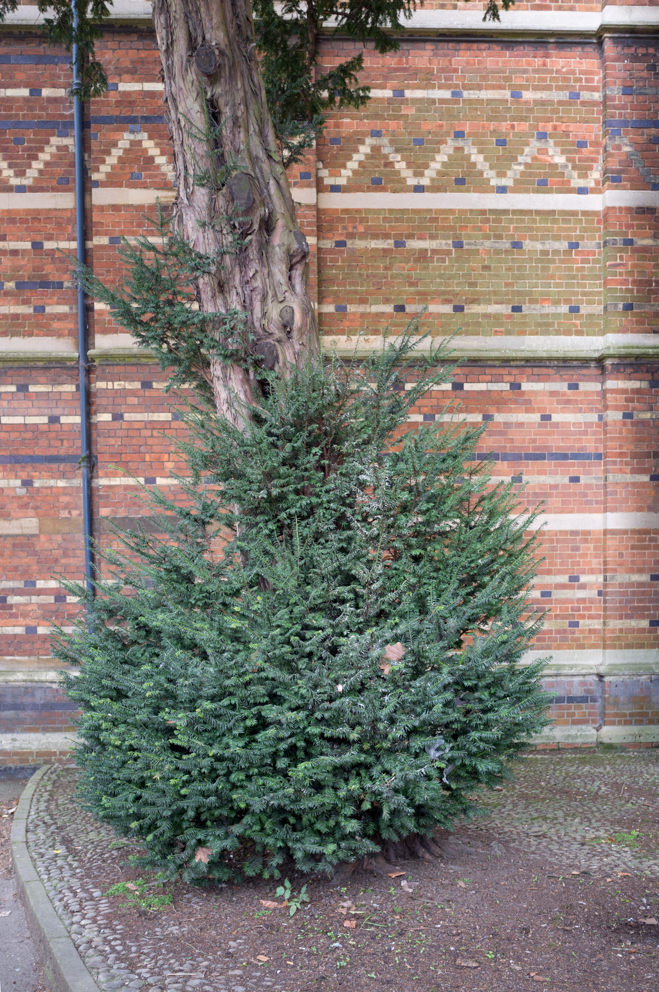On returning to Hong Kong

On my first visit to Finland my colleague from the Helsinki office, in a conversation about life, said that in Finland only politicians and the mafia drive Mercedes cars.
I first went to Hong Kong in 1984 and I was collected at the airport by a driver from the hotel where I was staying. I’d never before been inside a Rolls Royce, the air conditioning and the cold towel, it must be said, were a welcome relief. 1984, coincidentally, was when Governor and the PRC agreed the return of sovereignty back to China in 1997.
What I remember most from that first visit was the industry of the people, I remember standing outside the hotel on the first morning and finding myself in a swarm of people going about their business. And it wasn’t long before I was being offered “genuine” designer goods, I remember they were silk scarves with French designer labels. Hong Kong, at that time, had a reputation for counterfeit goods, indeed the colleague that I had travelled from the UK with, was due to receive his latest “Rolex Oyster” from the Managing Director of our sub-contract manufacturing facility, to add to his collection. This despite the very public crushing of thousands of fake Rolex watches under a steamroller orchestrated by the Hong Kong authorities.
What became very apparent on this latest visit to Hong Kong is first how the industry that I remembered is still a vital part of life here but also that how that industry has developed into a corporate manifestation. The scale of infrastructure development is astonishing, it puts the oligarch quarter of London to shame with the scale of its ambition; the city a citadel to the free market, but with a population that is clearly enjoying much of the fruits of its growth. And whilst all this construction and development is going on a pace, civilisation on the ground appears calm and ordered. The volume of pedestrian traffic seems to be no less than when I first came and the roads are equally full, though all with a sense of order. People stop at red lights, cross roads when the sign is green, no sounds of horns and so far not a sign of police presence at all.
When the transition from UK sovereignty was enacted late last century there were many prophecies of how bad Hong Kong would become. Concerns over whether China would honour its commitment to the signature it gave and so many thousands took the opportunity to leave Hong Kong and travel to other British commonwealth countries (except the Uk who refused to take them), Australia, Canada as well as the USA taking the bulk of the estimated 500,000 emigrants. A good number of those who left have already returned and many of the rest are continuing to do so. When power was handed over China was still regarded as an undeveloped nation of largely poor communists; it is now something else, though with a plan – which was almost certainly in place in 1984.
Those returnees entering the new airport with their burgundy UK passports will, like me, certainly look at the wealth that has been created and enjoyed by those who stayed, notwithstanding the western foreign investment, and notice the abundance of luxury cars going about their business. There is a similarity between Finland’s luxury cars and present day Hong Kong in that the import duty is similar – 100% for Finland in the mid nineties and 105% for Hong Kong today. However the presence of so many luxury marques doesn’t signify a corruption, certainly in the same way as it did for Finland.
The tree above Bag End is a fake.

Ralph Bakshi, who directed “The Lord of the Rings” in 1978, suggested that it didn’t matter what Hobbits look like as everyone has an idea of what they look like. Well, fans of “The Shire” might beg to differ. Tolkien had very clear ideas about their stature, their features and their personalities and Jackson’s later ‘epic’ retelling sought to stay as faithful as possible to the author’s vision. Those who have read, and therefore viewed the reproductions of Tolkien’s drawings, would be able to discern a hobbit, dwarf or fairy from the Green Dragon Inn to the outer edges of West Farthing.
Bakshi’s filmic interpretation, whilst supposedly a financial success in box office terms, had severe budgetary issues in the making and failed to raise enough capital to complete the story, no such bad luck for Jackson. The “Lord of the Rings” trilogy was financed to the tune of $250M and “The Hobbit” trilogy, a tad under $1bn and the viewer can readily tell that the longer book story suffers from ambition over resource in several areas, perhaps most notably in the “Flight to the Ford” scene. Never mind Jackson’s version will become, if not already, the de facto “public edition” of both books, ensuring our view of those characters, those scenes, those panoramas will tend towards the Jackson perspective.
“The Hobbiton Movie Set Tour” is a two hour guided walk around the set developed for “The Hobbit”. The original set for “The Lord of the Rings” soon became dilapidated as it was built as a “movie set” i.e. a facade for the camera lens, an impermanent construction to provide spectacle. The later incarnation, which now attracts around 50,000 visitors a year, and constructed a year before filming of “The Hobbit” began, is built to last as part of a deal with the owner of the land – Alexander Farming Genetics, and Jackson, who between them pocket the profits.

One of the key ingredients to help decide this particular site was, apparently, the “rolling countryside”, a small lake or pond and a large circular tree. The tree would be cast as the “party tree” and which appears in both books in a supporting role. On my tour the guide was keen to mention that the tree he was standing in front of was indeed “the party tree”. And I couldn’t help but agree with him, the tree that I looked at was entirely similar to the vision I have of “the party tree”. It is an entirely consistent simulacrum of what I now know as “the party tree”, and it is so because the vision I have of it now is that which Jackson provided. The resolution of “The Hobbit”, filmed at 48fps providing more “real”, as Jackson declares: “Now, in the digital age, there’s no reason whatsoever to stick to 24 fps. […] Science tells us that the human eye stops seeing individual pictures at about 55 fps. Therefore, shooting at 48 fps gives you much more of an illusion of real life.” The spectacle becoming more “real”, more Baudrillard perhaps, replacing the simulacrum with its filmic version of itself, becoming the referrant.
Above “Bag End” is a construction of a tree that, in the subsequent film “The Hobbit”, telling a tale some sixty years or so before “The Lord of the Rings”, needs therefore to look like a tree that is sixty years younger. The tree was made by the film studio’s art department from a range of synthetic materials. The 200,000 or so leaves apparently having to be repainted a few days before shooting because Jackson decided that they were the wrong shade of green – back to the verisimilitude of 48fps again – and then all placed, by hand we are comforted to be told, before filming could begin.

I wanted to beg to differ with the guide. I wanted to suggest to him that the tree he defined as “The Party Tree” was in fact a common or garden tree, though beautifully endowed as it was with ageing limbs. It was impersonating something it could only ever aspire to. It was a spectacle of a spectacle of Tolkien’s imagination. It cannot be “The Party Tree” as no such thing ever existed, no matter that Tolkien drew it and referred to it. The “Party Tree” was, and is, a work of fiction. The whole film set is a spectacle, is a facsimile and beautifully rendered it is too.
The tree above Bag End is a fake, however it might be the only real thing on the set.
A Howling Wilderness
The titular quote comes from Ashworth, M., The Oxford House in Bethnal Green, Oxford House, 1984.
Some work from the first session for the upcoming exhibition at Oxford House, Bethnal Green in November 2017. Long way to go to find a thread.

It happened to rain today, a day we (the Keble College Librarian and I) had planned to start the project work.

Holman Hunt’s “Light of the World” (the original, according to the College) on the wall with its own timed lighting display.

John Keble, whose portrait is, seemingly, everywhere.

Breakfast, slowly grinding to a halt at around 10:00 am.
Rights

Outside Keble College, Oxford
Today I have agreed to two reductions in the rights I would hold over two new areas for work that I intend making in the near future. The first is with Keble: my project with Keble in relation to the Oxford House exhibition in November has been granted an “official” status within the college. That’s of course great except that any image I make inside the college perimeter, in relation to access surrounding the project, can only be used in the exhibition itself or in the publicity for the exhibition. Which means of course that I won’t be able to use the work in any other area. Primarily it is because they are planning a big exhibition to commemorate the 150th anniversary of the College. Ho Hum.
Secondly, I have signed on to do a (very) short course on video editing and I have agreed that any work that I make there will be jointly owned by the school. And whilst I don’t think I’ll be making anything significant during the course, my diminution of rights happening twice in a day has rocked me a bit.
Oxford House Project
I am delighted to have been asked to present some new work for an exhibition at Oxford House, Bethnal Green this coming November for a three week show. I have been chosen along with Sarah-Jane Field by the organiser Keith Greenough. I plan to develop some work around Keble College, who had a fundamental role in the development of Oxford House and am in contact with the College to start some research.

Walking to Work

When I first showed this work outside – to someone who was unaware of the what had come before – he disregarded how I contextualised it and framed it as “landscape”. I was disappointed, firstly by his lack of engagement, which seemed to me at the time more about his prejudices, but, soon after, by my obvious inability to relay the narrative that I felt underpinned the work. And so I stopped making any more work in this project for a couple of months, but it has resurfaced and my thoughts surrounding the work haven’t dimmed and I expect to continue along this path for a while.

And is forgetting therefore

defined as “a past that is no longer a part of me”?
Memory is

A memory is part of the past that describes and defines me.
A memory is part of the past that limits me.
